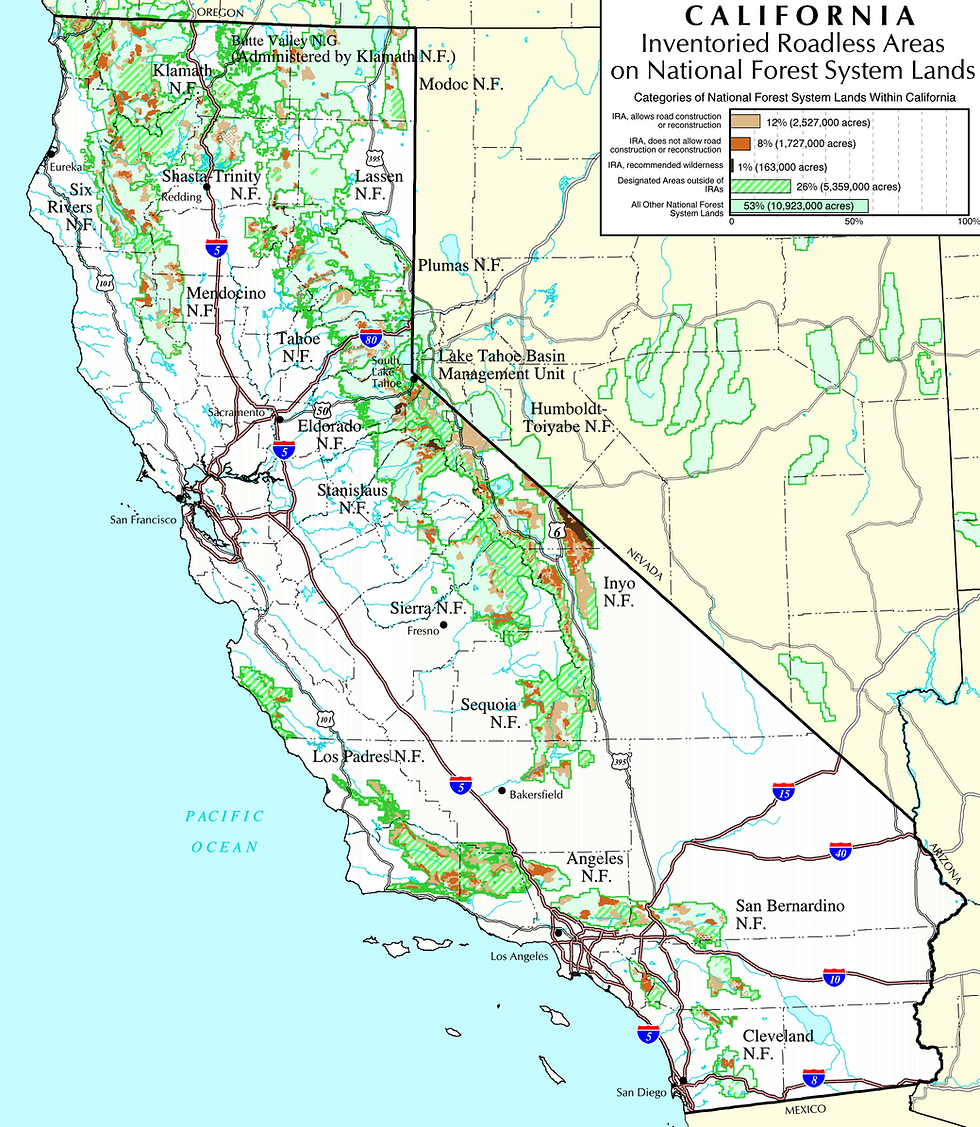We Need Broad Rodenticide Bans to Protect Wildlife
- Melodie Meyer

- Feb 26, 2024
- 4 min read

On an afternoon in November 2023, a Portland Parks & Recreation staffer found an injured northern spotted owl in Mount Tabor Park, a 176-acre city park located east of Portland, Oregon. The injured owl was brought to the Bird Alliance of Oregon Wildlife Care Center for treatment. Despite rescue attempts by wildlife rehabilitators, the owl died just hours later. The U.S. Fish & Wildlife Service determined the cause of death as secondary rodenticide poisoning, meaning that the owl ate a rat that had ingested rat poison. The use and sale of rodenticides (or rat poison) have been significantly restricted in California, but in Oregon — where the owl was found — there are significantly fewer restrictions.
Although some rodenticides are listed as restricted-use pesticides (meaning that only a licensed professional can buy and use them), this does nothing to ensure that non-target animals in Oregon are safe from rodenticide poisoning. It is unusual for northern spotted owls to be seen outside their range, but it is likely the hatch-year bird mistakenly flew there after dispersing its nest. Other species, like California condors or gray wolves, commonly migrate across large distances, including state lines, which makes it important for rodenticide and pesticide moratoriums to be adopted on a regional or national basis. Despite their recent reintroduction, studies are already showing that California condors have been found to be contaminated by rat poison.

Rodenticides are toxic to animals that ingest them — either directly, or secondhand, by eating another organism that was contaminated by consuming it directly. Anticoagulant rodenticides (ARs) cause rats and non-target animals to internally bleed to death. ARs can also cause animals’ minor injuries to become lethal, and have been known to suppress animals’ immune systems, as the chemicals cause uncontrollable bleeding.
ARs are classified as 1st- or 2nd-generation. 1st-generation ARs were developed prior to the 1970s, and include chlorophacinone (Ratol, Ground Force) and diphacinone (Wilco Ground Squirrel Bait, Ramik, TomCat). 2nd-generation ARs, developed after the 1970s and much more potent and fast-acting than 1st-generation ARs, include brodifacoum (d-FCon, Mouser, Ratak, Talon), bromadiolone (Maki Mini Block, Contrac), difenacoum (Di-Kill Rat Bait Blocks), and difethialone (First Strike, Hombre) — and are so dangerous that the U.S Environmental Protection Agency pulled them from consumer shelves in 2014. Non-AR rodenticides include bromethalin (Fastrac, Assault) and cholecalciferol (Terad3).

Poisonings and deaths from ARs in California have been documented in over 25 different wildlife species, including eagles, hawks, falcons, owls, bobcats, mountain lions, northern spotted owls, and the San Joaquin kit fox. In 2018, the California Department of Pesticide Regulation (DPR) reported that over 90% of mountain lions and 70% of northern spotted owls tested in California had been exposed to ARs. Poisoning to owls, in particular, exacerbates the rodent problem and subsequent rodenticide use, since owls can eat several mice in just one night. When owls are poisoned via their prey, the best natural solution to rodent control is destroyed. And the environmental impacts of rodenticides don’t stop there; they have also been found to enter into waterways and harm other species, including freshwater fish.

Thankfully, in September 2023, Governor Newsom expanded California’s moratorium on 2nd-generation ARs to also prohibit the use of diphacinone, a 1st-generation AR that has been found in the systems of non-target species such as bobcats and mountain lions. Under the existing moratorium, use of 2nd-generation ARs is prohibited until the Department of Pesticide Regulation develops mitigations for the harm they cause to non-target animals and the environment. Medical production facilities, agricultural operations, water infrastructure, and emergency pest infestation operations are exempt from the prohibitions. Despite this moratorium, the neurotoxic bromethalin and 1st-generation AR chlorophacinone are still on the market and available to consumers. Bromethalin has not yet been linked to secondary poisoning, but has killed species who ingested the bait directly.

Raptors Are the Solution (RATS) is an invaluable resource for anti-rodenticide advocacy and has been a leader in the recent successful campaigns for California’s newly expanded rodenticide moratoriums. Here are some main takeaways that we can all implement:
1. Report use of 2nd-generation ARs and the 1st-generation AR diphacinone to your local Agricultural Commissioner or the CA Department of Pesticide Regulation. Remember to take a photo of the label. If there is no label, you should report that too!
2. Contact California, Oregon, and Nevada legislators for statewide and regional bans on all rodenticides and the U.S. Congressional Subcommittee on Conservation, Climate, Forestry, and Natural Resources for a national ban on all rodenticides.

3. If you have a rat problem in your home, work, or farm, use alternative solutions to rodenticides, including sprinkling cayenne pepper on rat trails and/or placing dry ice in rat burrows to drive them out. As a last resort, you can also use electric zappers or snap traps in locations inaccessible to pets or children.
4. Of course, it is always best to prevent rats from moving in and becoming a problem in the first place. Preventative measures include keeping your home, office, and yard clean, and checking regularly for and remedying holes where rats could squeeze through. Clearing away yard debris and getting rid of ivy that rats love to make their homes is also helpful. In extreme cases, if you do choose to hire a pest control company, remember to check that they won’t use rodenticides or inhumane glue traps.





Comments